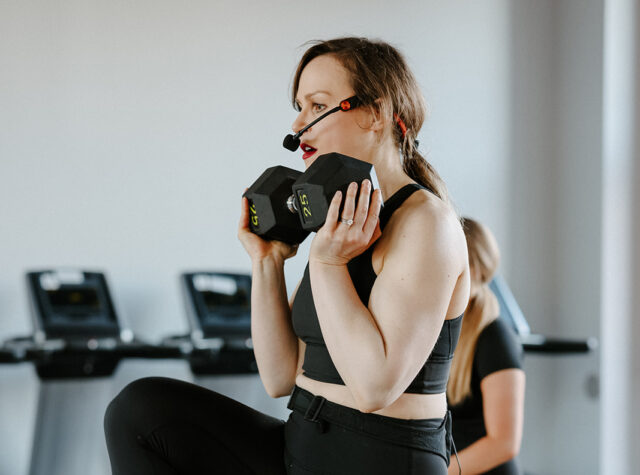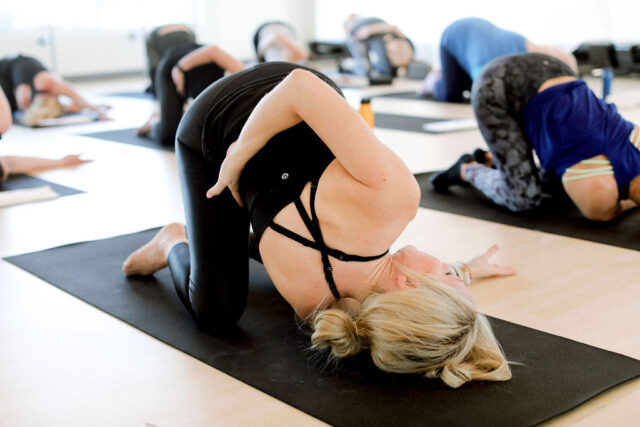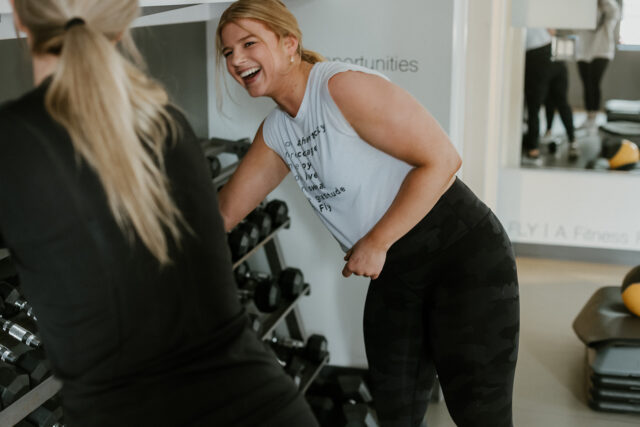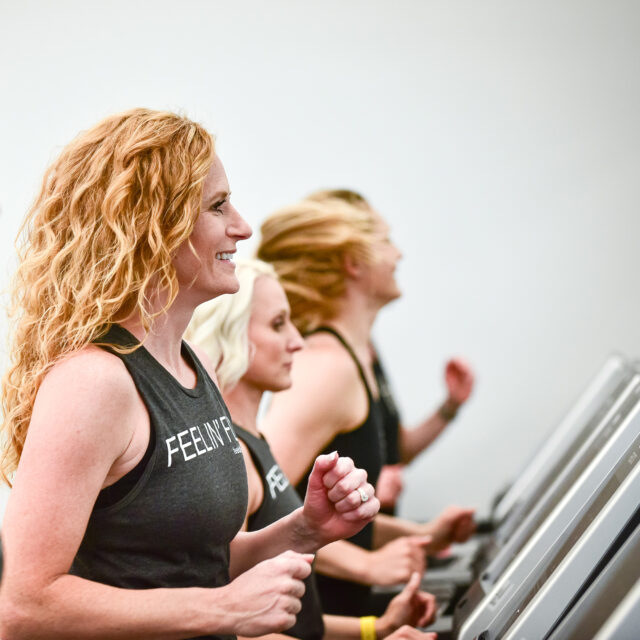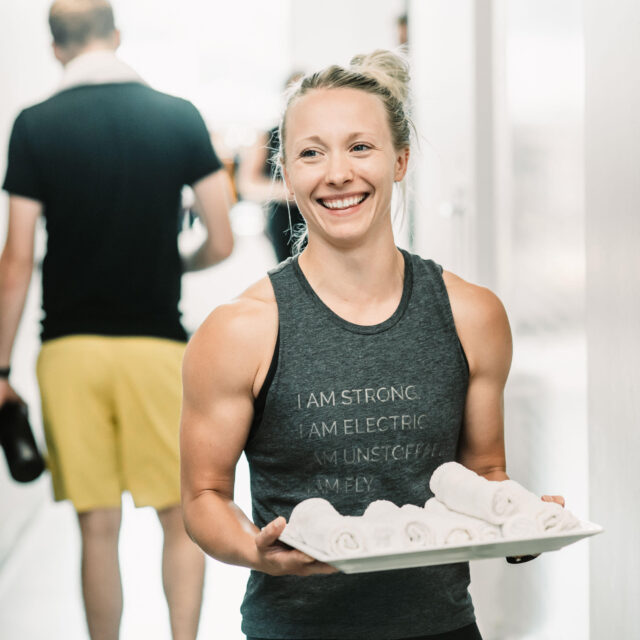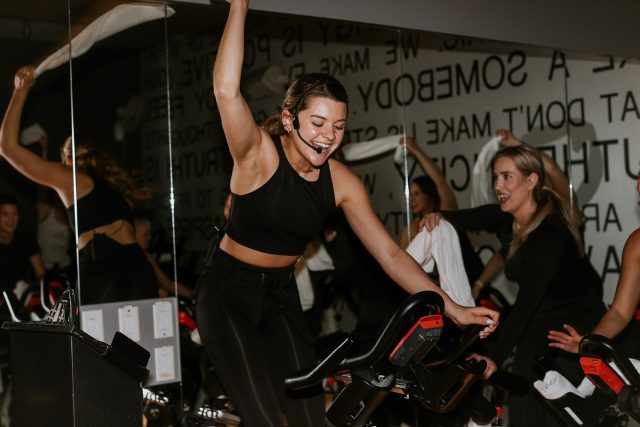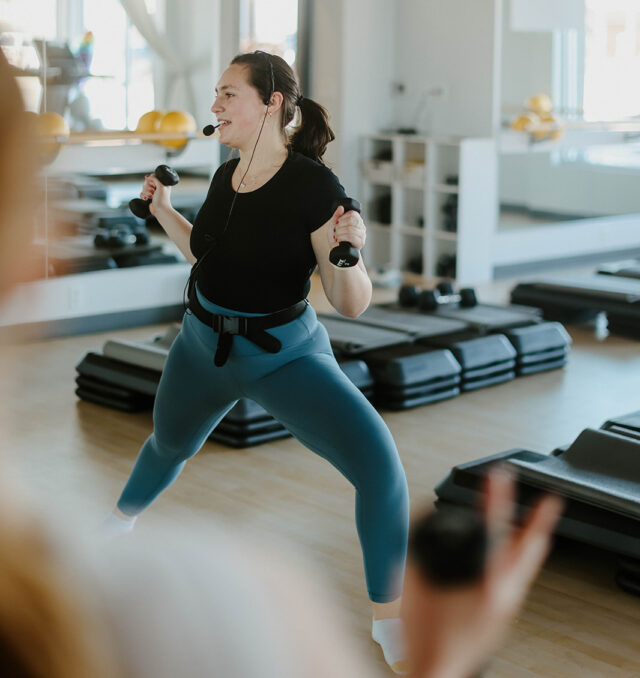Why Pilates is Different from Other Workouts
- By Morgan Horton
- October 27, 2020
Our flyformer sessions are a Pilates reformer workout. This is a low-impact strength workout using a spring-loaded sliding carriage for resistance. Pilates centers on strengthening your core and building long, lean muscle in a sustainable way. Sounds pretty great, right? If you’re not quite sure that you need Pilates in your workout regime, here are a few ways that a Pilates workout is different from other fitness styles.
- Pilates actively works to prevent & recover from injuries. Because it’s a low-impact type of workout, it’s easy on your joints & helps to strengthen your entire body with a little cardio twist. The postures & exercises help teach proper alignment to improve your posture & reduce back pain. This makes it great for every level of fitness and age. The resistance exercises improve bone density through repetitions focuses on your muscles pulling on the bone to create tension, which in turn, fortifies the bone.
- Pilates helps you to find balance in the body. The structure of our flyformer sessions leads you to discovering any imbalances in your body. Perhaps you have a muscle on one side of the body that is stronger than the other side, or maybe your quads tend to take over the work from your glutes. Pilates isolates individual muscle groups to ensure even muscular development so that you can improve the strength of your full body to reduce the risk of overworking certain muscles.
- Pilates lengthens & tones your muscles all over. The extensions & contractions that are the center of our Pilates reformer workouts help to stretch your muscles longer while toning, allowing for more mobile & functional muscle strength. Think about your back or hamstrings when they’ve been strained or overworked – the muscle is incredibly tight & therefore your movement is restricted. Pilates helps build longer, leaner muscles that can perform more efficiently & stretch to support your movement.
- Pilates improves your flexibility. Related to the lengthening of your muscles, the building of strength around your joints helps create a more mobile body. Your muscles are able to better support movement & there’s less restriction on your day-to-day flexibility, which not only improves your daily functioning, but seriously improves your performance in other workout types. Many workouts such as cycling utilize the same muscle groups, so it’s important to work on the flexibility of those areas. Think of it as lubricating your joints & muscles so that everything works more smoothly.
- Pilates stabilizes & strengthens two crucial parts of your body: your core & your pelvic floor. There are entire industries built on telling you that you need six-pack abs. Pilates reformer moves beyond the aesthetic to build functional strength. Your core includes your abdominals, glutes & back, everything that supports a strong trunk. You might not realize it, but your core is used to stand, sit, lift, cycle & everything in between. Another muscle group that commonly can be weak for women is the pelvic floor (often weakened after childbirth). Strengthening this is crucial for a variety of daily functions as well as posture.
You will start feeling the power of the Pilates reformer workout from your very first session. Over time, regular weekly Pilates sessions, one to three per week, are a huge asset to your overall health and fitness. To explore Fly’s flyformer group & private Pilates packages, take a look at our Pilates page on our website, or our SOLNK MindBody listing.

